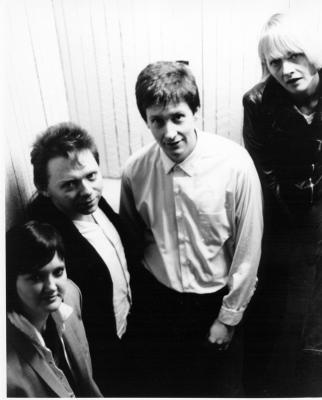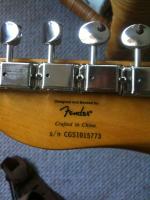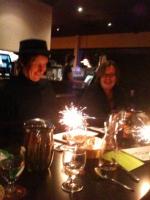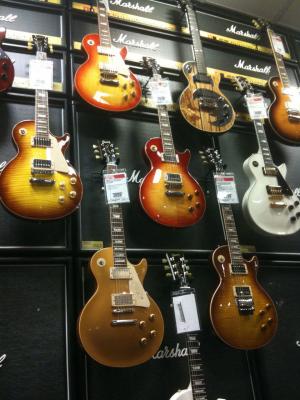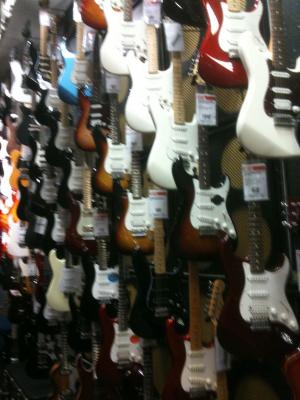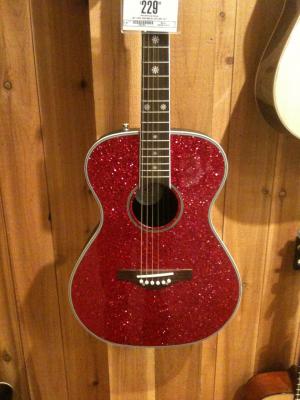Right now in 2010, top 40 radio does not include a lot of epic guitar solos. Thanks to YouTube, though, the guitar solo has not gone away, and every day guitarists are uploading videos of themselves either reproducing a famous guitar solo, or showing off their own improvisational skills.
This YouTube guitar army is an awesome resource as a guitarist. In many cases you can see your favourite guitarist playing a solo you’re curious about learning, and you can see how they themselves played it. You can also find lessons and breakdowns of how a particular guitarist gets their sound, or how to play a famous solo in note by note detail.
For a lot of guitarists, the way into learning to solo is to reproduce someone else’s solo note for note. Another simple technique to begin playing lead guitar is to learn the melody of the song and just play that. Once you step beyond those techniques, you’ll want to start learning a few scales, or as is the case for a lot of lead guitarists in rock and blues, one scale in particular.
If you want to play jazz solos, be prepared to learn your theory. If you’re going to be good at it, you need to be familiar major scales, minor scales (harmonic minor, diatonic minor), and modal scales with exotic names like Mixolydian, Dorian, Ionian and so on.
The Pentatonic Scale
For rock and blues players, and even country, we can get away with one scale. I’m not saying this will make you a guitar god, but in combination with dynamics, vibrato and timing, you can go a long, long way with this one scale. The Pentatonic scale, as the name implies, is made up of just 5 notes. I’m not going to explain everything about that scale in this post, but here are a couple of pages you can visit online to get the basic information.
Pentatonic Major
Pentatonic Minor
Another way to express what the guy in these video links above is saying is that if you’re playing rock or blues in the key of, let’s say G major, use a G Pentatonic scale to build your solo. It will sound ‘bluesy’. So the rule is, whatever key the rock or blues song is in, play the corresponding Pentatonic scale, and that will always be a reliable place to start. This is what he refers to as the Pentatonic Minor scale.
If you’re playing a country song in the key of G major, use an E pentatonic scale, and howdy partner, you’re sounding kinda country. The same rule applies in any key. Without getting all technical or theoretical on you, think of it this way: Blues in A, scale in A. Country in A, go down 3 frets to F#. Works every time. This is what he calls the Pentatonic Major scale.
Here’s a quick reference chart:
Country song in the key of… play a pentatonic scale in the key of…
G -> E
Ab -> F
A -> F#
Bb -> G
B -> G#
C -> A
Db -> Bb
D -> B
Eb -> C
E -> C#
F -> D
F# -> D#
This is just a start to get you playing some notes that will sound OK. As you advance, there are other elements you’ll need to introduce that help define your signature style, like string bending and vibrato, which I’ll touch on in another post.

